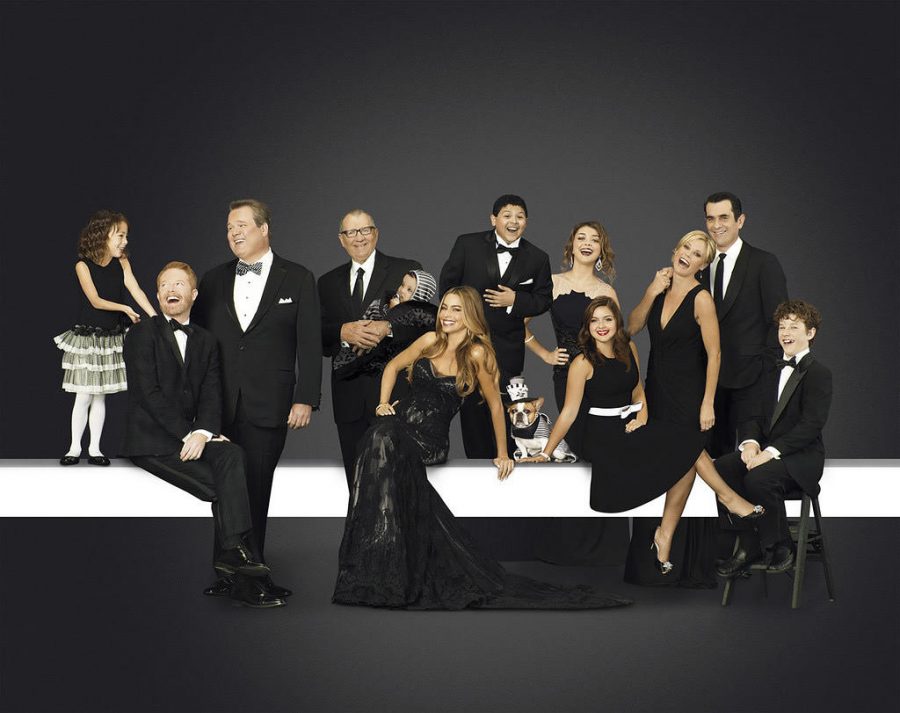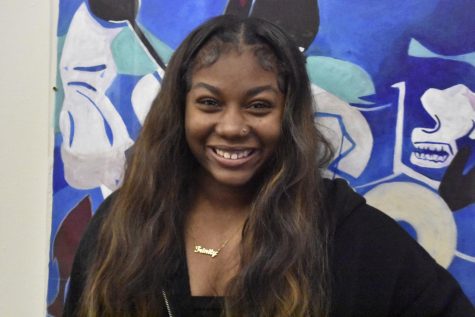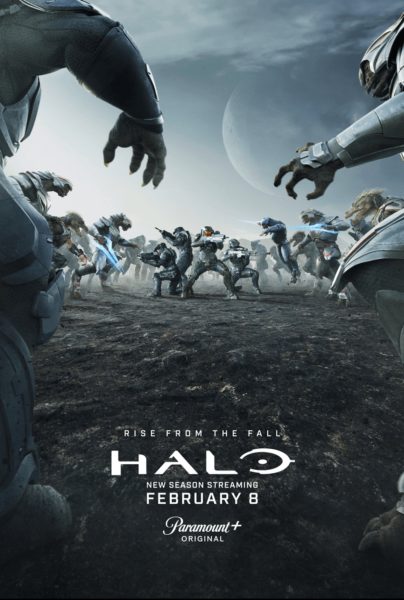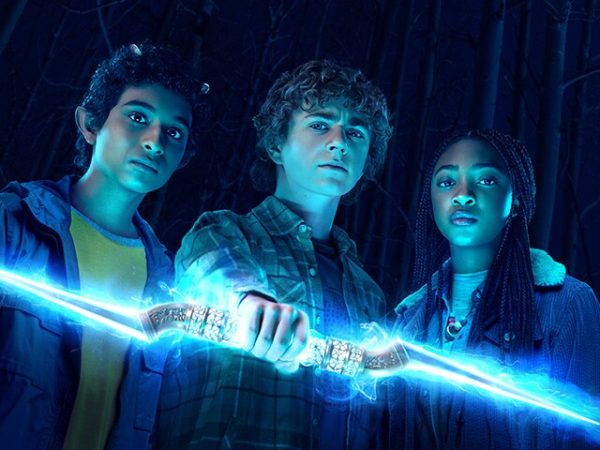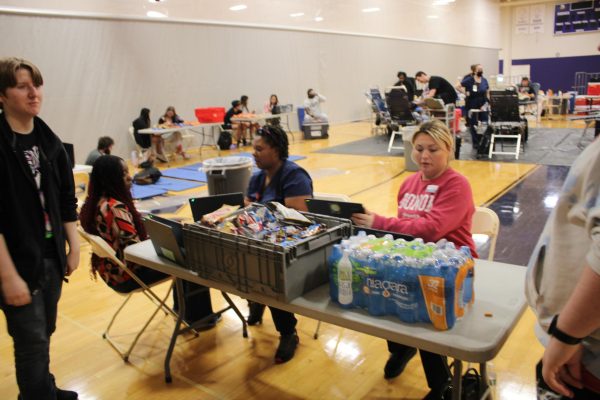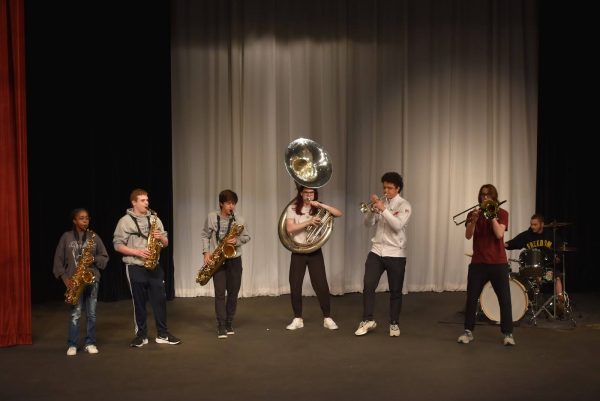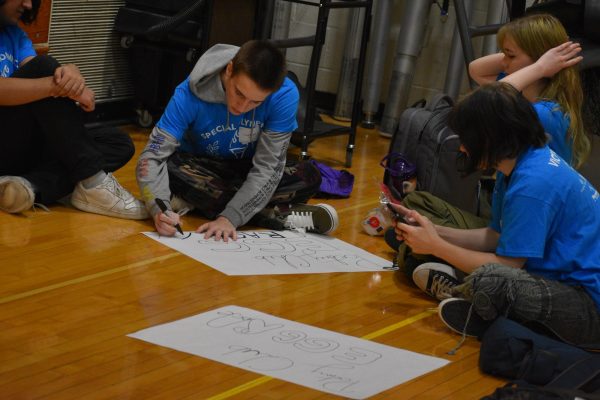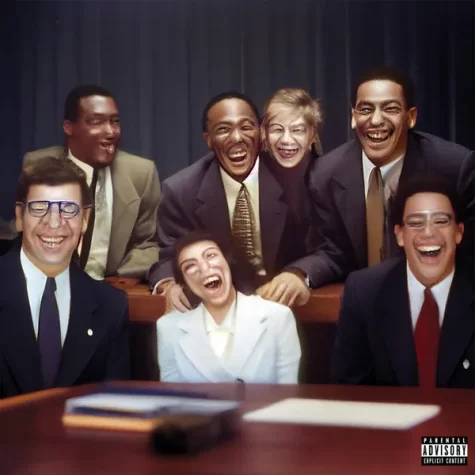Forced Diversity in TV Shows, Films Perpetuates Stereotypes, Micro-aggressions of Minorities
Minority groups, subcultures and countercultures all want to be represented in TV shows and movies. The awareness of this issue has reached the media and allowed the casting directors of TV shows and films to push diversity as one of their top priorities. The way that they approach this has sparked different views and has been called “forced” by some while others say it is a natural mirror of society and real life.
However, while more roles in the media for underrepresented groups is a good thing, the way people are going about it is not. Forced diversity means the perpetuation of stereotypes, microaggressions and tokenism through the same roles and purpose they give those characters for the intention of diversity.
Films and tv shows portray East Asians as smart, nerdy people who aren’t in touch with their culture or as martial artists. The role for an East Asian is often a stereotypical child with “fresh off the boat”, strict immigrant parents with very high expectations of them being a doctor which also goes along with the “tiger mom” Asian stereotype. East Asian women also have been portrayed as either cold, calculating and deceitful, using her exaggerated sexuality to manipulate men or meek, submissive individuals with no voice.
This stereotype was first seen in “Terry and the Pirates” in the 1930s but has continued, even though less obnoxious, in more recent years. The ABC sitcom, “Fresh Off the Boat,” features the stereotypical tiger mom and a boy who has trouble fitting into the American culture but isn’t in touch with his Taiwanese culture either. The meek, submissive Asian female was also the butt of many jokes in the hit movie “Pitch Perfect”, from 2012, where the only Asian is Lily, who barely speaks above a whisper and says she sleeps upside down like a bat.
Black women are often stereotyped as loud, undesirable, ghetto or a strong black woman who is a pro black activist. While the “best friend” role isn’t a maid or nanny as in the past, she is a sidekick who helps the main character stay the main character. These stereotypes can be seen with Ivy from “Good Luck Charlie” on Disney Channel and Malika from “Good Trouble” on Freeform. Ivy is a representation of a token black best friend and sidekick of the white main character. She has the stereotypical characteristics of being sassy and undesirable. Malika is a “strong black woman” who is a pro black activist. Being a black woman is deemed her main personality trait.
This list goes on as Ravi from “Jesse” and Baljeet from “Phineas and Ferb” become an example of this theory by portraying the Indian stereotypes. The two characters are very similar: they are both easy to bully, have thick accents and they are very knowledgeable and nerdy. Gloria from Modern Family portrays the Latina stereotype that shows Latinas as ill tempered, hyper-sexualized women who speak in broken English and wear tight clothes.
The real problem with forced diversity is that its foundation lies in much of society’s cliche, homophobic, xenophobic and often racist perceptions of minority groups, subcultures and countercultures. This actively demonstrates the perpetuation of misrepresentations and stereotypical characteristics that are given to these minority characters.
A study released by the National Research Group on representation found that 91% of the Americans surveyed believe that the media has the power to influence society. Further broken down, 75%, or 3 in 4, of all people surveyed believe the way minorities are portrayed in the media influences perceptions of them in the real world. A new study researched by Kristen Pauker on the influence of the media on society was funded by the National Institute of Mental Health and of Health. She found that media depictions of nonverbal features of people of color, including facial expressions and body language influence racial biases for viewers.
As the media depicts these people of color in a stereotypical manner, it begins to influence racial biases in society. Because of this, people are able to take what they see common among these characters in the media and apply them to the people in real life. Naturally, people of color aren’t given much individuality causing a lot of generalization and implicit bias. Lack of accurate and various forms of representation can also influence the younger individuals in the minority group to develop internalized racism and lack of self confidence.
So does forced diversity exist? Yes. It perpetuates stereotypes, microaggressions and tokenism. The same roles and purposes they give those characters for the intention of diversity are the same ones that cause stereotypes to continue. TV shows and films add diversity front and center to their production to cater to the diverse population of fans. It’s time for the industries to take this one step further by adding representations outside of these stereotypes. We need representations of black people like “On My Block” with Jamal or “Grown-ish” with Zoey, of Hispanics like “The Expanding Universe of Ashley Gracia” with Ashley or “Love, Victor” with Victor, of East Asians like “To All The Boys I’ve Ever Loved Before” with Lara Jean and “Single Parents” with Miggy, and of Indians like Tom in “Parks in Recreation” and Kelly in “The Office”. There are so many more underrepresented groups that need more accurate representations as well.
Overall, if inclusivity is only defined as “forced” when it’s not starring a straight, white person then that would be racist and demonstrate implicit bias towards the underrepresented groups being represented in the production. Encouraging TV and moviemakers to create a variety of roles, especially lead roles, for a variety of people not based on stereotypes would help the audience view others and themselves differently and help them realize the potential all humans have regardless of their culture, race, sexuality, etc.


